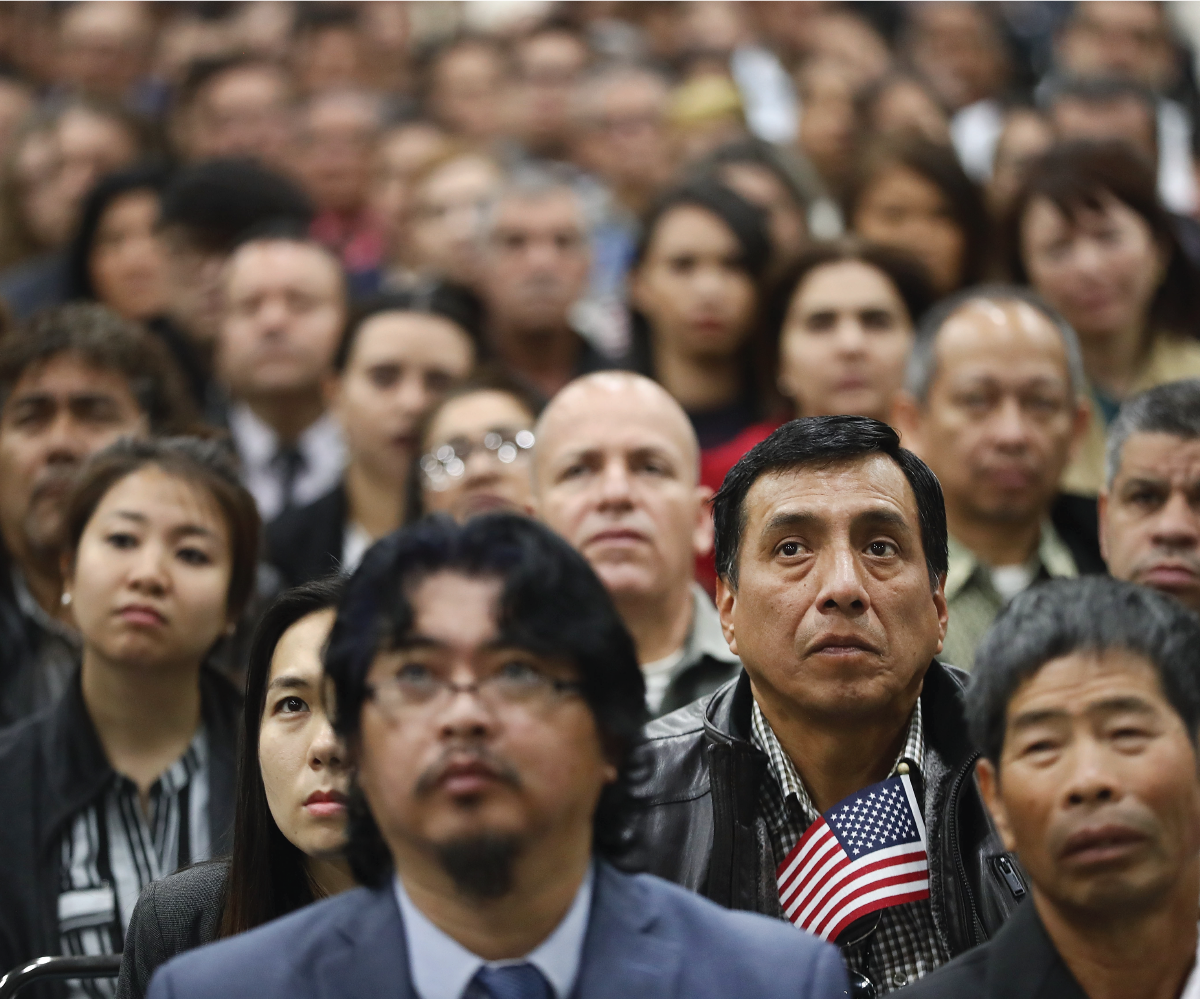Fertility Decline and Reproductive Health in Morocco: New DHS Figures
(2006) The "fertility transition"—the shift from large to small families that demographers have observed throughout much of the world—has been remarkably rapid in Morocco, according to a recently released demographic and health survey on that country.



